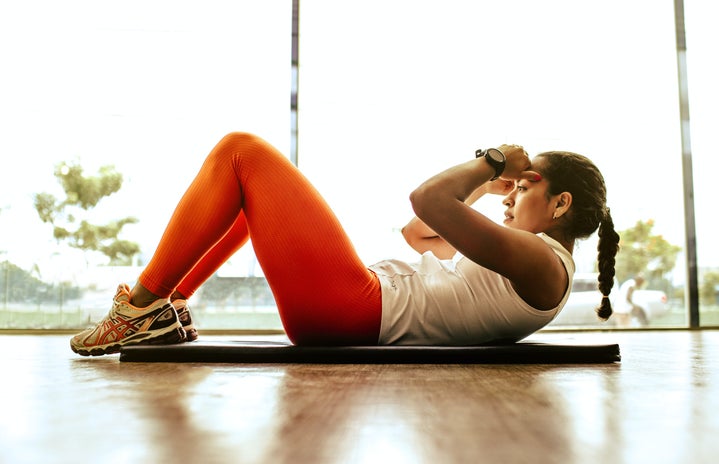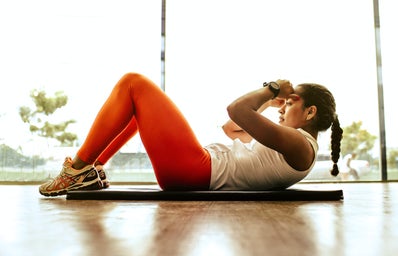This summer, while working towards my Yoga Teacher certification, I practiced yoga daily. Every day, I spent hours practicing and studying yoga. It will be a summer I’ll look back on longingly in my future years of internships and 9-5 jobs.
Not surprisingly, it was a rude awakening returning to Emory and the library. Still in denial that my top priority is no longer yoga, I have been desperate to find ways to incorporate “Namaste breaks” into my daily life. There’s no shame in finding a little bit of zen in the library!
There’s so much to be gained from practicing yoga. Yoga boosts blood flow—extremely important when you’ve been slumped over a computer for three straight hours! Yoga can improve concentration—because how many tabs do you have open on your Safari right now? Whether you’re freaking out about a midterm or desperately trying to finish a paper, yoga is always there.
Here are the best, library approved poses! My favorite yoga study break spot is between the bookshelves in the stacks, but you’re welcome to try these anywhere space permitting.
1. Downward Dog (Adho Mukha Svanasana)
Ahhh, downdog. This is a great pose for beginners. Close your eyes during this pose, and you will literally feel your stress melt away. Downdog loosens your spine and opens your upper back, making it a perfect break from your laptop.
HOW TO: begin on the floor on your hands and knees. Place your hands underneath your shoulders, and set your knees directly underneath your hips. Curl your toes underneath and engage your core. Shift your weight back to lift the hips and straighten your legs. Keep your knees slightly bent if you have tight hamstrings.
2. Child’s Pose (Balasana)
This pose is perfect for when you think you’re going to lose your mind! Stay in Child’s Pose for as long as your study break allows.
HOW TO: Start on all fours. Untuck your toes and lower your hips towards your heels. Knees can be either apart or together. Rest your body on top of your thighs, and relax your forehead onto the ground. Arms can stretch out in front of you or reaching behind for a shoulder opener.
3. Legs Up the Wall Pose (Viparita Karani)
Fairly self-explanatory, this pose requires a bit of wall space. The closer you can get your butt to the wall the better, but if you struggle with flexibility or feel discomfort, move a few inches away from the wall. Place a blanket or folded up sweatshirt underneath your lower back for extra support.
HOW TO: You actually will begin sitting up beside the wall. Send your legs out straight. Lay your back down, and pivot your legs up so the back of your thighs meets the wall and the tops of your feet point straight up. Reposition to get closer if necessary. Close your eyes and send your arms by your sides and face palms up. Come out of this pose slowly, turning back to the side again.
4. Intense Side Stretch (Parsvottanasana)
This is one of the most underrated poses in yoga. It feels amazing, especially if you’ve spent far too long seated in a stack. This pose relaxes the shoulders and neck while stretching your hamstrings and hips.
HOW TO: Start standing. Step your right foot forward about three feet and place your hands on hips. Your right foot should face directly forward, and your left foot can be turned about 45 degrees out to help with stability. On an inhale, reach your arms over your head, and exhale folding forward from your hips so your head aims for your knee. Reach your hands toward the floor, keeping your hips square. Hold here for a few breaths, and repeat on the left side.
The next time you find yourself overwhelmed, remember zen-ing out trumps zoning out!
Disclaimer: Consult a doctor before starting any exercise program. Never force your way into a pose. Try these poses at your own risk.

